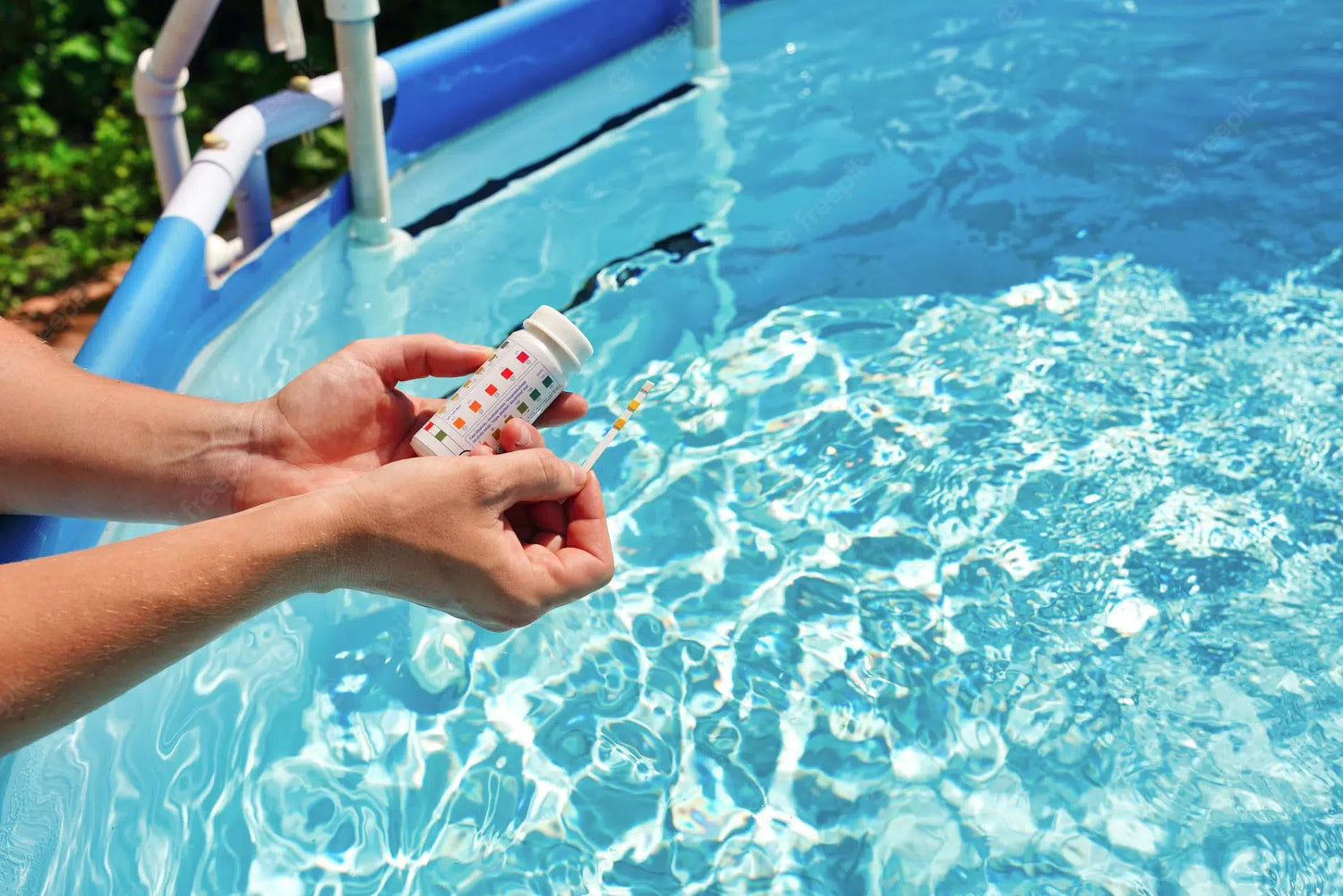How to Balance Your Pool Water Chemicals: A Step-by-Step Guide
Maintaining a pool is more than just filling it with water and diving in. To ensure a safe, clean, and enjoyable swimming environment, you need to keep your pool water chemicals balanced. This blog post will guide you through the essential steps to achieve and maintain the perfect chemical balance for your pool.
Why Balancing Pool Chemicals Is Important
Balanced pool water prevents algae growth, keeps the water clear, and ensures it's safe for swimmers. Unbalanced water can lead to various issues such as skin irritation, equipment damage, and the growth of harmful bacteria.
Key Pool Chemicals to Monitor
pH Level
Total Alkalinity
Calcium Hardness
Chlorine
Cyanuric Acid (Stabilizer)
Total Dissolved Solids (TDS)
Step-by-Step Guide to Balancing Pool Chemicals
1. Test the Water
Before you can adjust any chemicals, you need to know your starting point. Use a reliable pool water testing kit to measure the current levels of pH, total alkalinity, calcium hardness, chlorine, cyanuric acid, and TDS.
2. Adjust the pH Level
The ideal pH level for pool water is between 7.2 and 7.6. If the pH is too high (above 7.6), add a pH reducer such as muriatic acid or sodium bisulfate. If it's too low (below 7.2), add a pH increaser like sodium carbonate (soda ash).
3. Balance Total Alkalinity
Total alkalinity should be between 80 and 120 parts per million (ppm). To raise alkalinity, add sodium bicarbonate (baking soda). To lower it, use muriatic acid. Proper alkalinity helps stabilize the pH level.
4. Correct Calcium Hardness
Calcium hardness should be between 200 and 400 ppm. If it's too low, add a calcium chloride product. If it's too high, you may need to partially drain and refill the pool with fresh water, as high calcium levels can cause scaling on pool surfaces and equipment.
5. Maintain Chlorine Levels
Chlorine is crucial for killing bacteria and keeping the water clean. The ideal range is 1 to 3 ppm. Use chlorine tablets, granules, or liquid to increase levels. If the chlorine is too high, simply let it dissipate over time or use a chlorine neutralizer.
6. Manage Cyanuric Acid
Cyanuric acid helps protect chlorine from being broken down by sunlight. The ideal range is 30 to 50 ppm. If levels are too low, add a stabilizer. If they're too high, you may need to dilute the water by adding fresh water to the pool.
7. Monitor Total Dissolved Solids (TDS)
TDS includes all the dissolved substances in the water. High TDS can affect the efficiency of other chemicals. Ideally, TDS should be below 2,000 ppm. If levels are too high, partially drain and refill the pool.
Regular Maintenance Tips
- Test Frequently: Test your pool water at least once a week during the swimming season and after heavy use or rain.
- Keep Records: Maintain a log of your test results and chemical additions to track trends and anticipate future needs.
- Clean the Pool: Regularly remove debris and clean the pool surfaces to help chemicals work more effectively.
- Circulate the Water: Ensure your pool pump and filter are running efficiently to keep the water circulating and clean.
Conclusion
Balancing your pool water chemicals is essential for maintaining a safe and enjoyable swimming environment. By regularly testing and adjusting the pH, total alkalinity, calcium hardness, chlorine, cyanuric acid, and TDS levels, you can keep your pool water crystal clear and inviting all season long. With these tips, you’ll be well on your way to achieving the perfect pool chemical balance.
Happy swimming!

